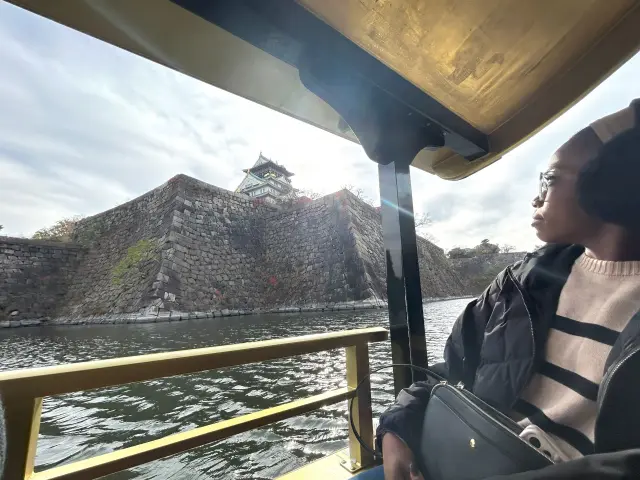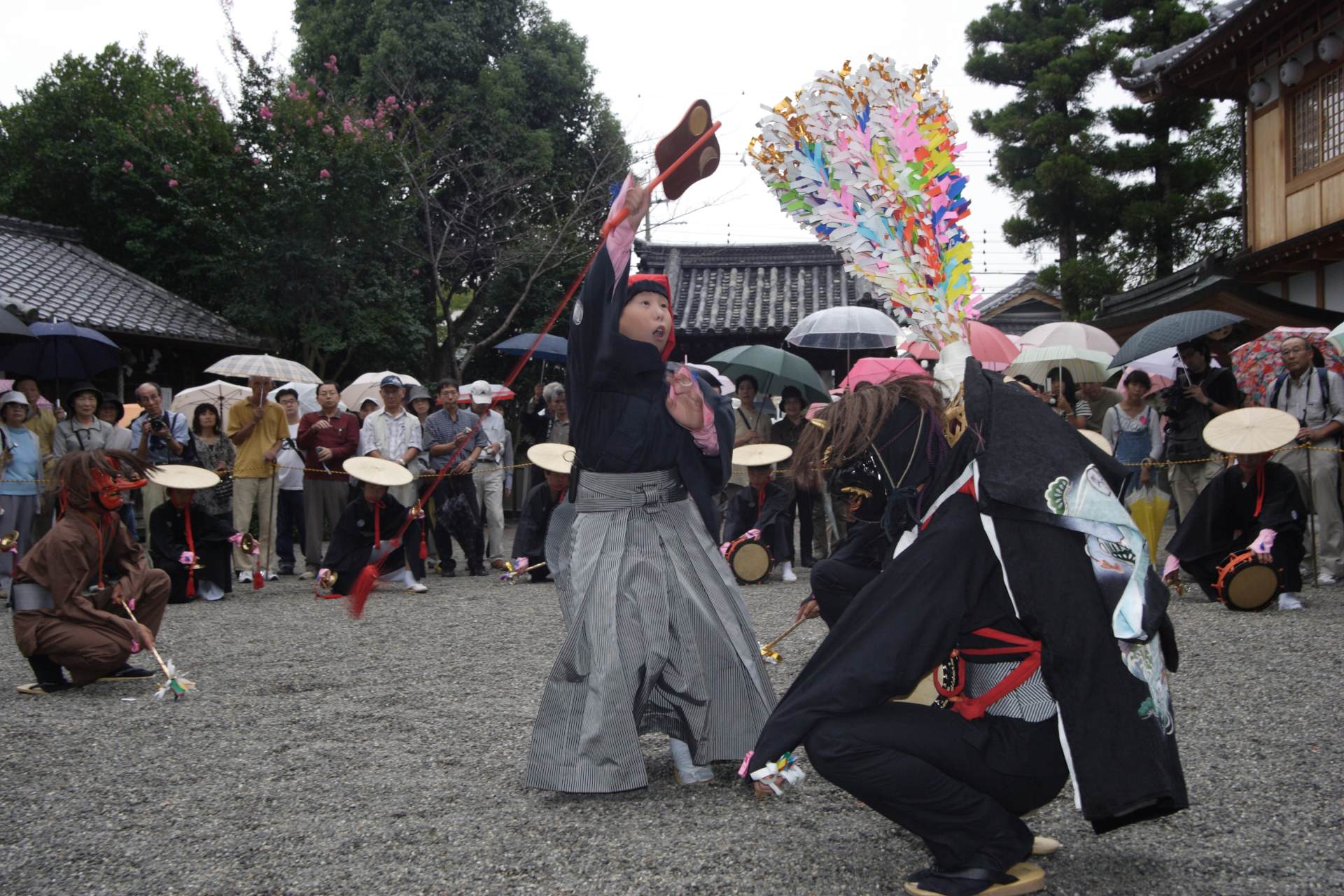
Niwadani no Ko-Odori
Last update
Sakai City, Kansai
Nationally selected/prefecturally designated Intangible Folk Cultural Property
A ritual dance offering thanks to the gods in the land where Amaterasu alighted on a mountain peak.
The Niwadani Ko-Odori Dance has been passed down in the Hachigamineji area of Niwadani since ancient times. Legend has it that this dance borrows from the story of Amaterasu as a Chinese phoenix when she alighted on Osoinomine peak during the reign of Emperor Suinin. Later, the Kuni-jinja Shrine was built on that piece of land. This shrine, where the Ko-Odori Dance was originally performed, was merged with the Sakurai-jinja Shrine in 1910. After being revived at the seventh National Local Folk Dance and Song Competition in 1933, the Ko-Odori has been performed each year at the Sakurai-jinja Shrine autumn festival.
A dance of thanks to the gods for a blessing of rain and a bountiful harvest. Come see the vestiges of a popular medieval dance.
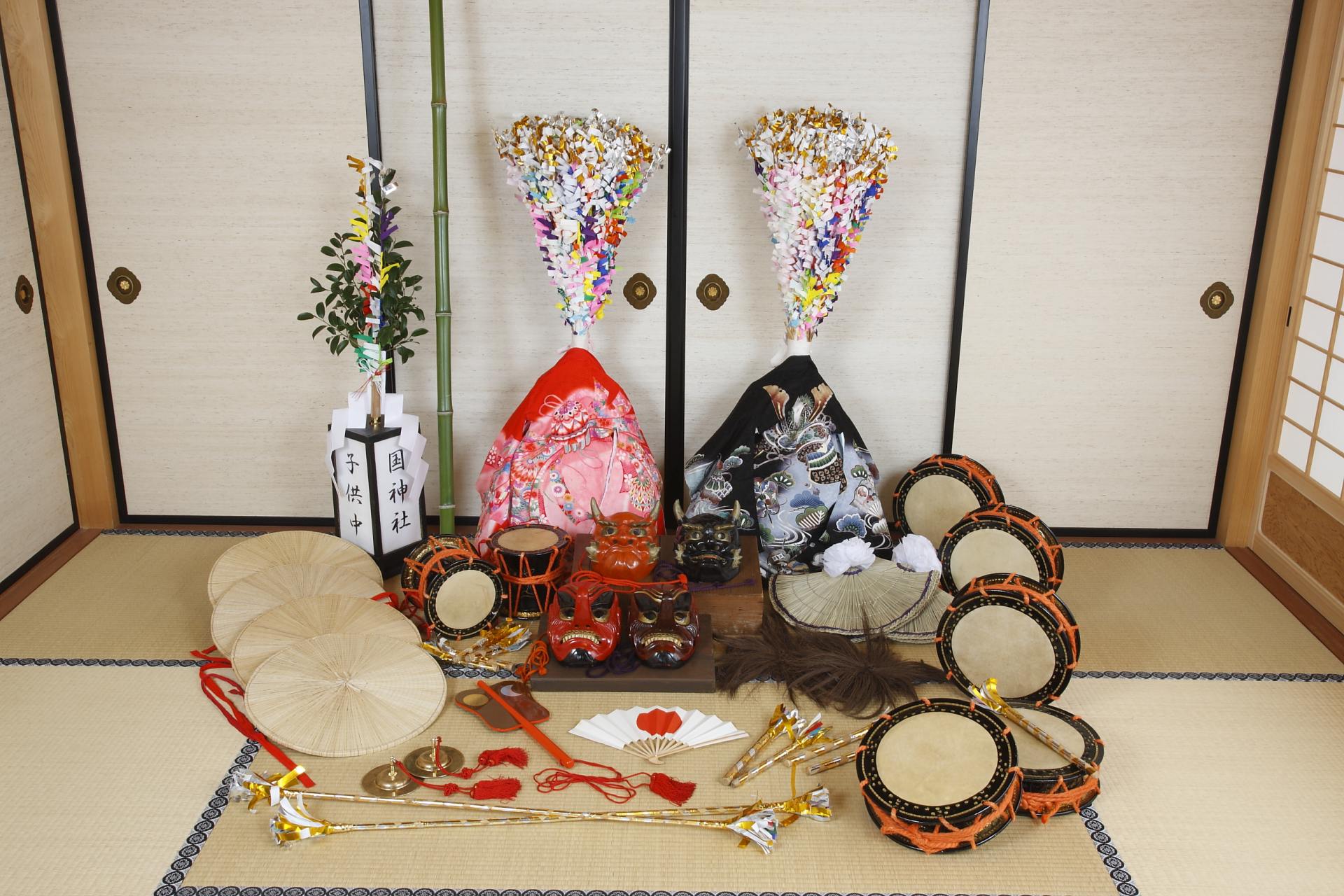
The kanko in the center are wrapped in red and black swaddling cloths. Flower-like himeko are inserted into the kanko, and it is in these that the gods are said to dwell.
Sakurai-jinja Shrine, where the Niwadani Ko-Odori Dance is performed, is affectionately called “Niwadani no Hachiman-san” by the locals, and its hall of worship erected during the Kamakura Period (1185 - 1333) is the only national treasure in Sakai. The Niwadani Ko-Odori Dance is a nationally selected/prefecturally designated Intangible Folk Cultural Property.
Currently, the Niwadani Ko-Odori Dance is performed in October of the new calendar each year, however, because its roots lie in a dance from the Izumi area that is performed to ask or thank the gods for making it rain, it has been held in August in the old calendar (current day period from late August to early October).
One can see the influences of the popular medieval style of dance from the song lyrics and the procession of red and black demon gods bearing the bamboo baskets carrying a primitive shrine known as a “himeko.”
The procession of dancers begins in the early morning, and the villagers await them. The himeko on the backs of the demon gods are a talisman against evil.
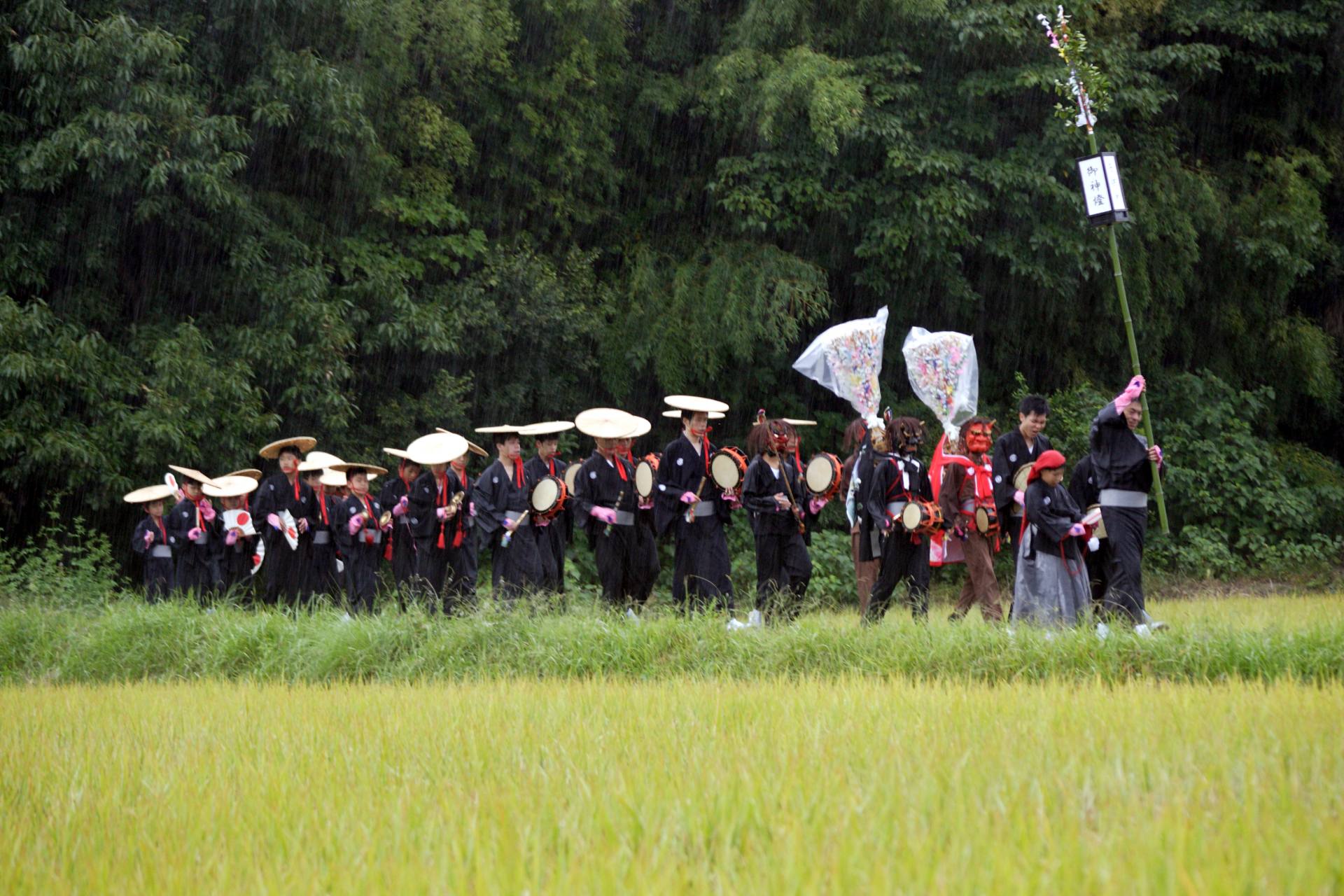
A procession marching through the village while singing. The villagers know that the festival has arrived once they hear the singers.
After a dance at the home of the facilitator on the morning of the Ko-Odori, the procession departs with the lantern bearer at the front. Along with the demons and long-nosed goblins who dance in the center, the persons playing the role of Buddhist initiates, the drummers, the bell ringers, and the fan bearers all dance on the edge in tune with the chorus leaders, marching around the village roads.
It is said that the himeko borne on the backs of the demon gods ward off evil when they are placed at the entranceway of a home. In the past, people would take them away from each other, but now they kindly welcome the procession at their entrance and receive a himeko from the Ko-Odori procession.
Finally, the procession heads toward the first destination at Kuni-jinja Shrine in the Hachigamineji area, where they perform a dance. The chorus leaders place straw hats on their mouths and sing in a way so that the song remains uninterrupted when taking in a breath. Afterward, they head toward Sakurai-jinja Shrine where they perform the Yakata and Ahiki dances on the shrine grounds in tune with the chorus leaders.
Sakai is a city that has birthed culture and technology which have served history, including the building of tumuli, gun smithing, and the tea ceremony.
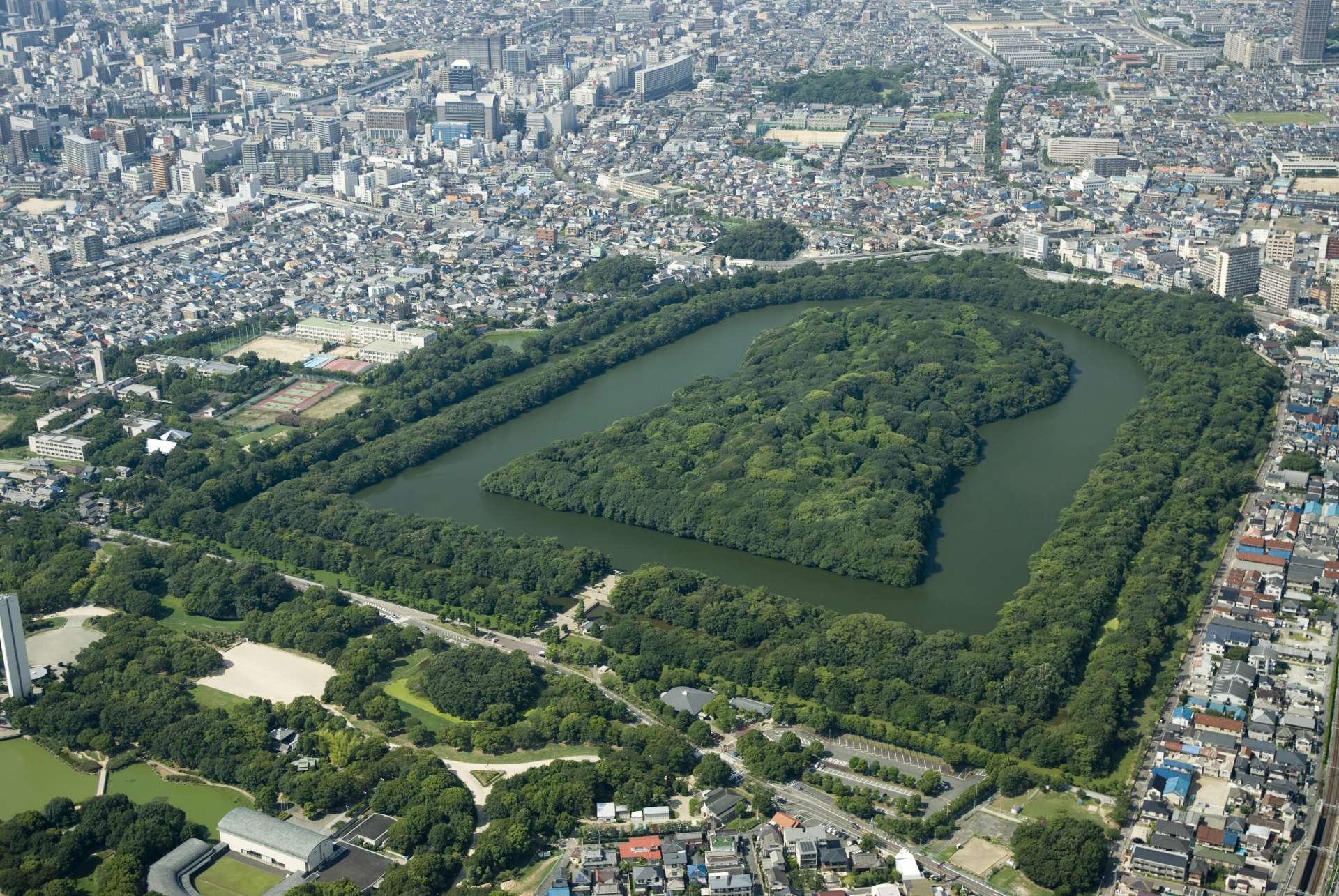
The Tomb of Emperor Nintoku, a World Heritage Site.
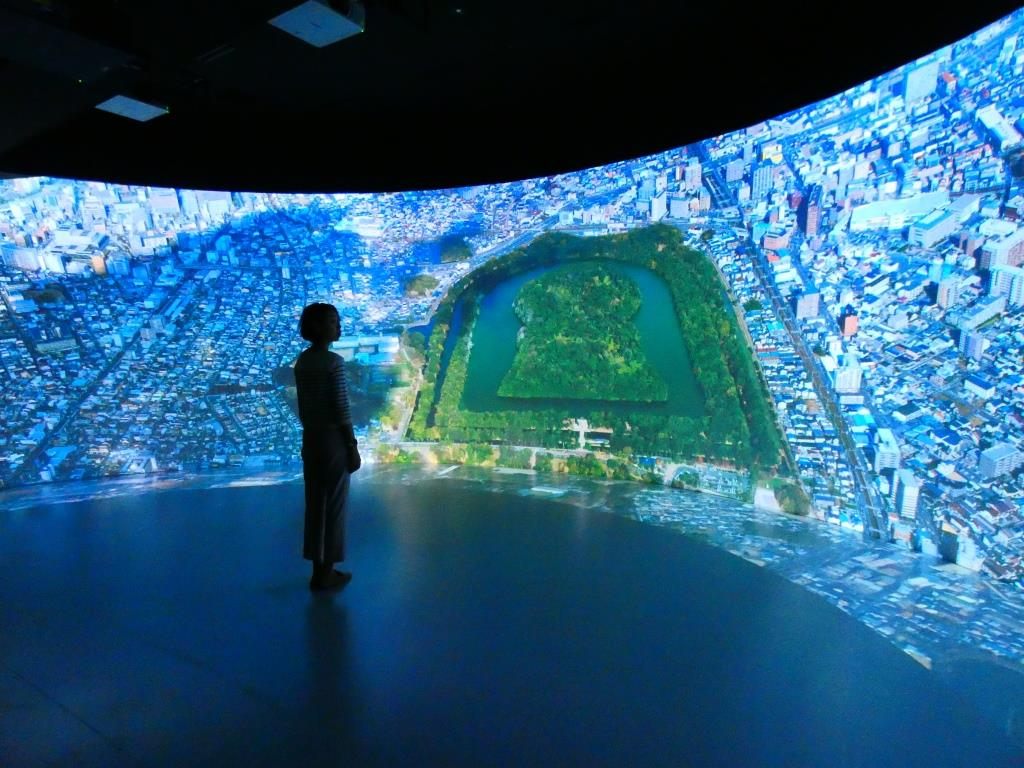
The Mozu Mounded Tombs Visitor Center, which opened in 2021.
Sakai is known around the world for its kofun, or tumuli. In the Mozu area, there are a total of 23 tumuli in 21 places among the Mozu-Furuichi Kofun Group registered World Heritage Site. The most eye-catching of all is the Tomb of Emperor Nintoku (Daisen Kofun), which is one of the largest tombs in the world. The Mozu Mounded Tombs Visitor Center was opened in 2021 as a way to share interesting information on the tumulus group, allowing visitors to experience the allure of Japan’s Tumulus Period up close.
Sakai was run by a self-governing body called the Egoshu from the Muromachi Period to the Azuchi-Momoyama Period, and became extremely prosperous thanks to era-leading technologies such as trade and gun smithing. The tea ceremony master Sen no Rikyu was originally a merchant of Sakai, and his supposed residence can still be found in the city today. The old-fashioned Hankai Tramway streetcar is a great way to tour the famous sites. Take a ride on the small, cute train, with a mix of old and new cars and enjoy a relaxing trip around the city of Sakai.
Photos:Sakai City/Sakai Ko-Odori Historical Society
Check also...

Consider your accommodation in the Kansai area!

Restrictions on Large Baggage

Hidden Stories in Stone: Exploring Japan’s Castle Walls

Feel Like a Lord: Castle with Stunning Panorama Views

Experience the True Essence of Japan through Castles, Cultural Treasures, and Timeless Gardens
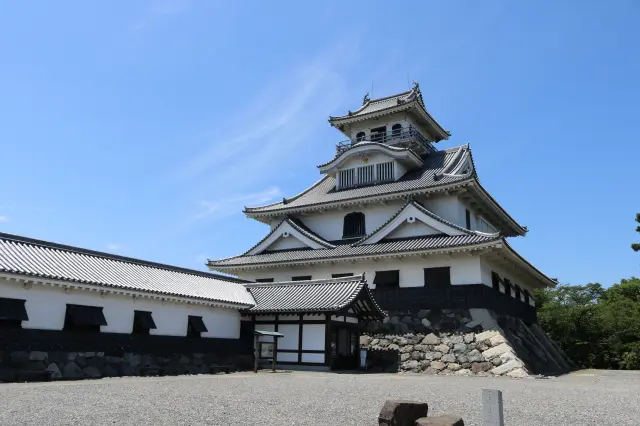
Castles of Toyotomi Hideyoshi
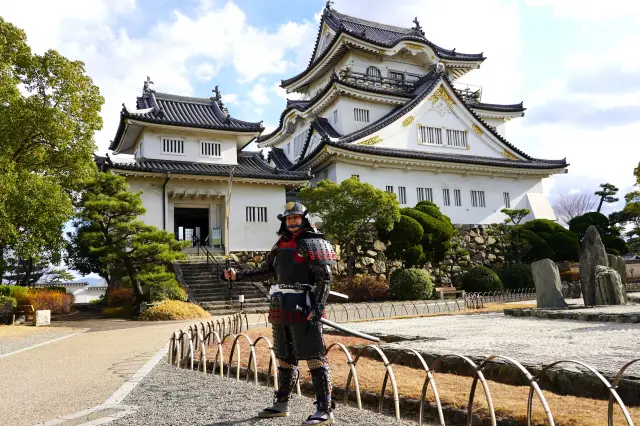
Exploring the Roots of Festivals: A Journey of Understanding Local Bonds and the Preservation of Culture
